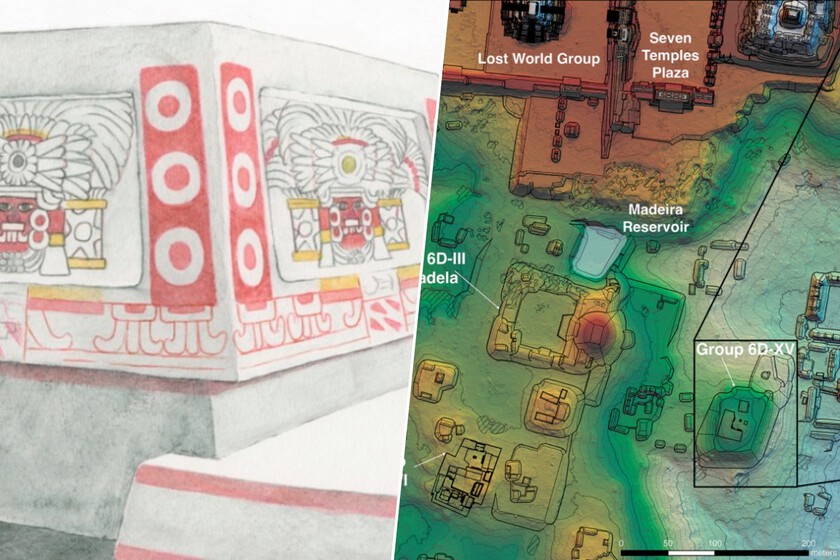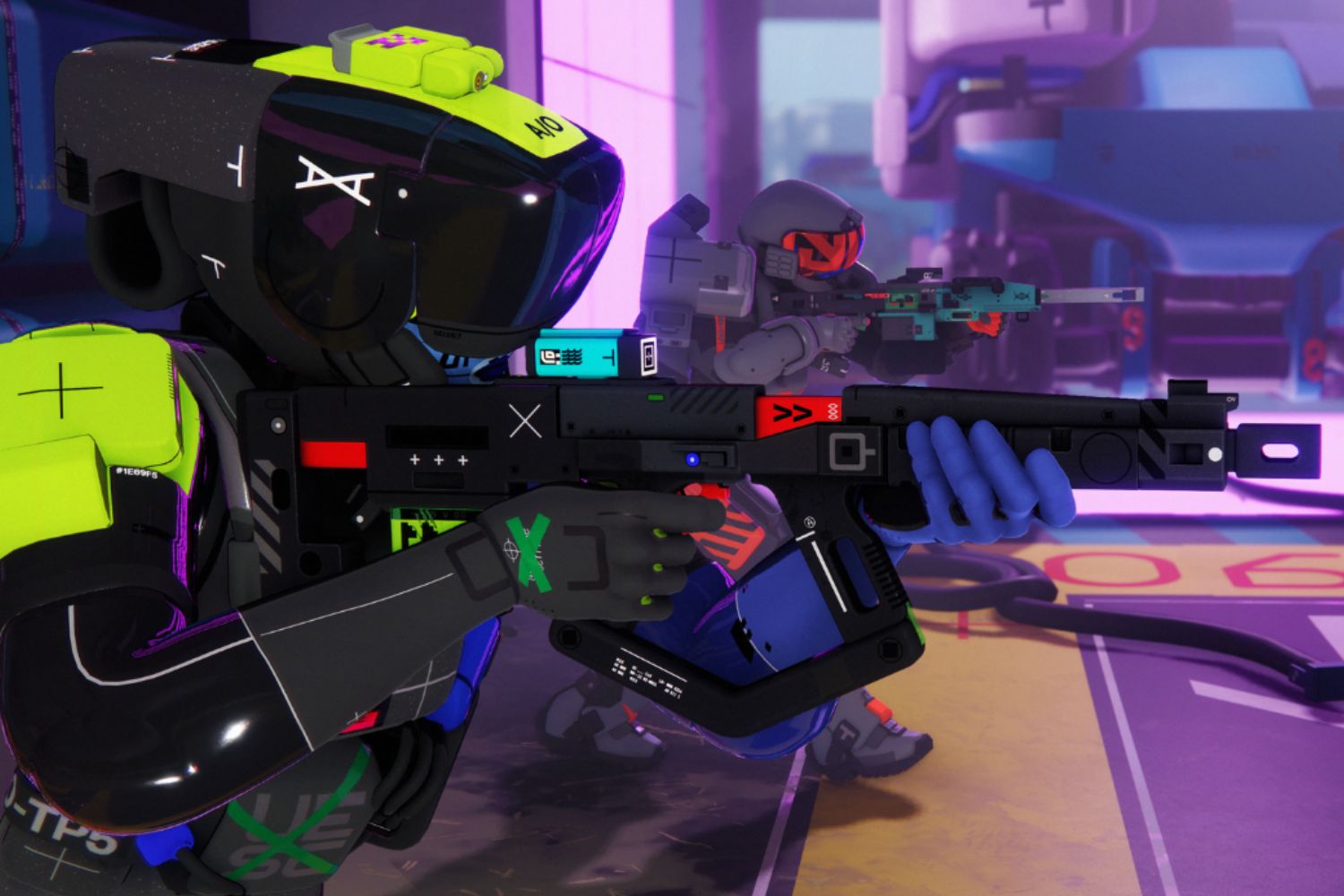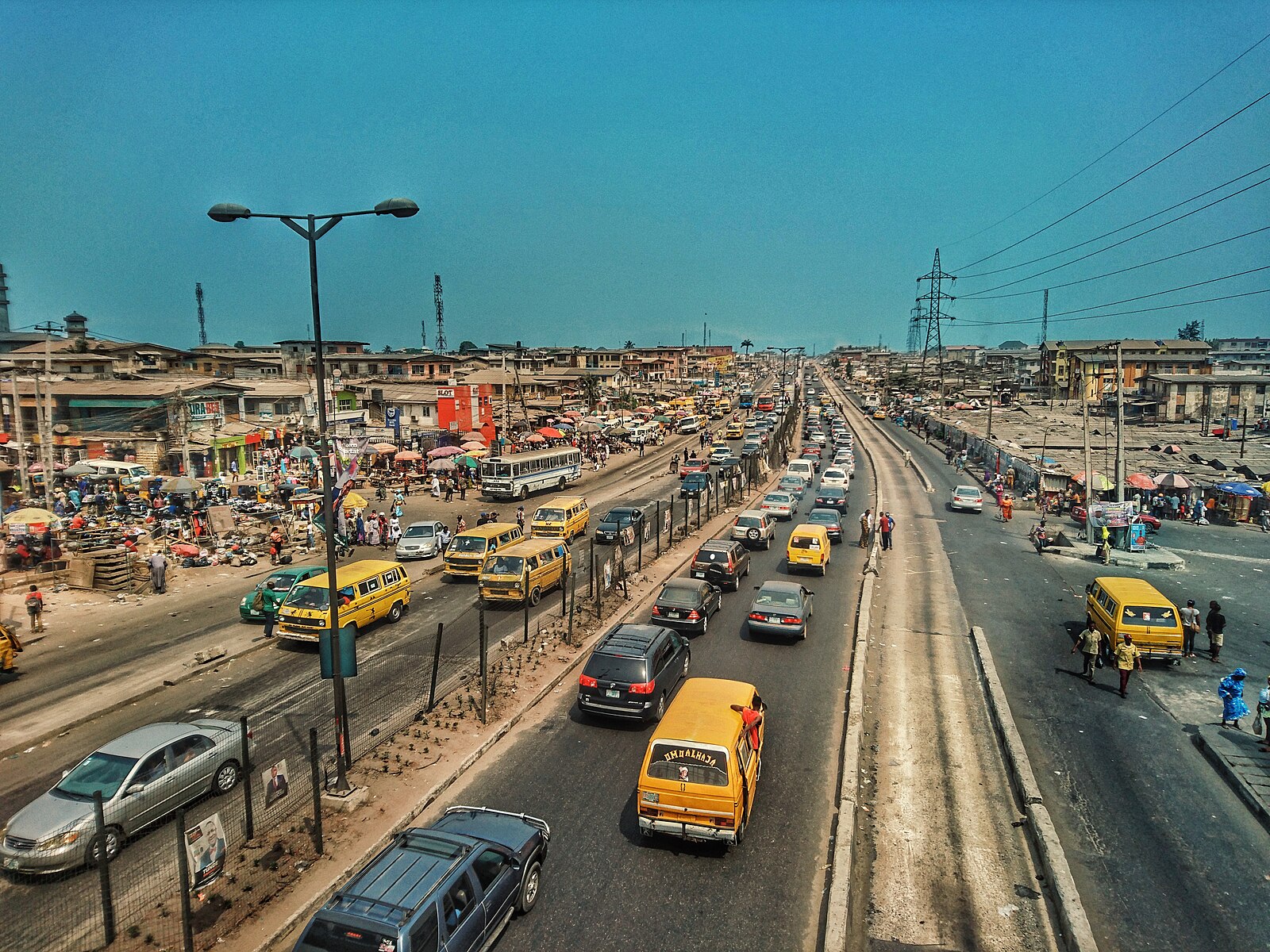July 2024. A group of archaeologists from the National Institute of Anthropology (INHA) announced one of those findings that change history books. With the help of Lidar they had found an amazing treasure. Everyone knows Teotihuacán, but it turns out that in another inhospitable area of Mexico there were hidden pyramids. Now, in a twist that few could expect, they have found another relic of Teotihuacan … 1,000 kilometers where it should.
An painted altar that changes everything. An altar of limestone found in the center of an old Mayan residence in Tikal (Guatemala) has revealed an unexpected presence of Mesoamerican history: direct influences of the city of Teotihuacan, located more than 1,000 kilometers away. Datted towards the end of the fourth century DC, the altar presents murals in red, yellow and black that represent a figure associated with the “god of the storm”, a characteristic of the Teotihuacan art.
Its location, style and function (a domestic altar dedicated to deities, instead of rulers, as was Mayan custom) indicate that it was the work of an artist formed in the Teotihuacan tradition, and not of a place. The finding was made in the 6D-XV group, a residential area that, according to archaeologists, was inhabited by individuals from Teotihuacan or closely linked to that culture, who led not only their architectural and funeral practices, but also the freedom to express their cultural identity in Mayan territory.
A foreign elite. Tikal, founded in the year 850 AC, became a great dynasty towards 100 AD and established links with other Mesoamerican cities, including Teotihuacan, which for the year 100 AD was already one of the largest cities on the planet. Relationships between both cities would have begun as commercial exchanges, but according to researchers, over time they became more complex and possibly conflicting.
Assumptions. The found found is part of an architectural sequence that includes a first constructive phase between the 300 and 400 AD, followed by an expansion of the sanctuary between 400 and 450 AD, reflecting a prolonged and organized presence. The anthropomorphic figures found in the residence, adorned with those reddish tassels, reinforce the Mexican cultural imprint in this portion of the city.
No doubt, the finding allows us to assume that Rich and powerful Teotihuacan leaders once resided in Tikal and imposed their own ritual structures, perhaps as part of a direct control or direct influence strategy on local power.


Cultural tensions and buried memory. Although Tikal was a city built on a constant renewal logic (burying structures and building on top), what happened with this complex was different. At some point after the year 450 AD, the altar and its buildings were deliberately covered with land and debris, without reusing the space.
Archaeologists interpret this as a symbolic gesture: a rejection or distancing of what happened there, probably linked to the decline of theotihuacan power and ambivalent feelings of the Maya towards that stage of foreign domain. Far from being a simple military occupation, the presence of Teotihuacan in Tikal seems to be deep, structured and, in the end, object of ritual oblivion.


The altar
Closing. As Brown University researchers explain who led the study, the site was treated almost as a “radioactive zone”, a place that should be completely closed, perhaps to exorcise an influence that was once dominant but that over time became uncomfortable and politically toxic for Mayan identity.
Foreign power According to inscriptions found decades ago, in the year 378 DC a foreign military intervention in Tikal known as the entrance displaced the local monarch and replaced it with a ruler linked to Teotihuacan. From that moment, the material traces of the Mexican presence multiplied: from real and ceramic burials to hybrid architectural sets.
The altar was recently installed shortly after this blow, and the space that housed it worked as a family ritual patio, similar to those found in Teotihuacan. There were burials such as an adult in a tomb and that of a seated child, a more common custom in central Mexico than in the Mayan area.
Price of oil” width=”375″ height=”142″ src=”https://i.blogs.es/16c2e5/refineria-de-petroleo/375_142.jpeg”/>
Foreign ritual. The construction of the wine accompanied by a series of extremely symbolic mortuary rituals: three babies were buried under the corners of the altar, with offerings instead of the fourth body, a pattern identical to the documented in residential complexes of Teotihuacan.
The altar, in addition, not only had a devotional, but also political function: it was the material expression of the Teotihuacano installed in the conquered city. Its closeness with a local replica of the temple of the feathered snake (one of the architectural icons of classic Mexico) reinforces the idea that Tikal housed an entire neighborhood dedicated to replicating the ceremonial structures of the foreign empire.
Imagen | T.G. Garrison / H. Hurst
In WorldOfSoftware | A public database reveals a lost Mayan city full of pyramids and squares. I was hidden with the naked eye under a jungle in Mexico
In WorldOfSoftware | How to make an appointment at the IMSS online in Mexico












